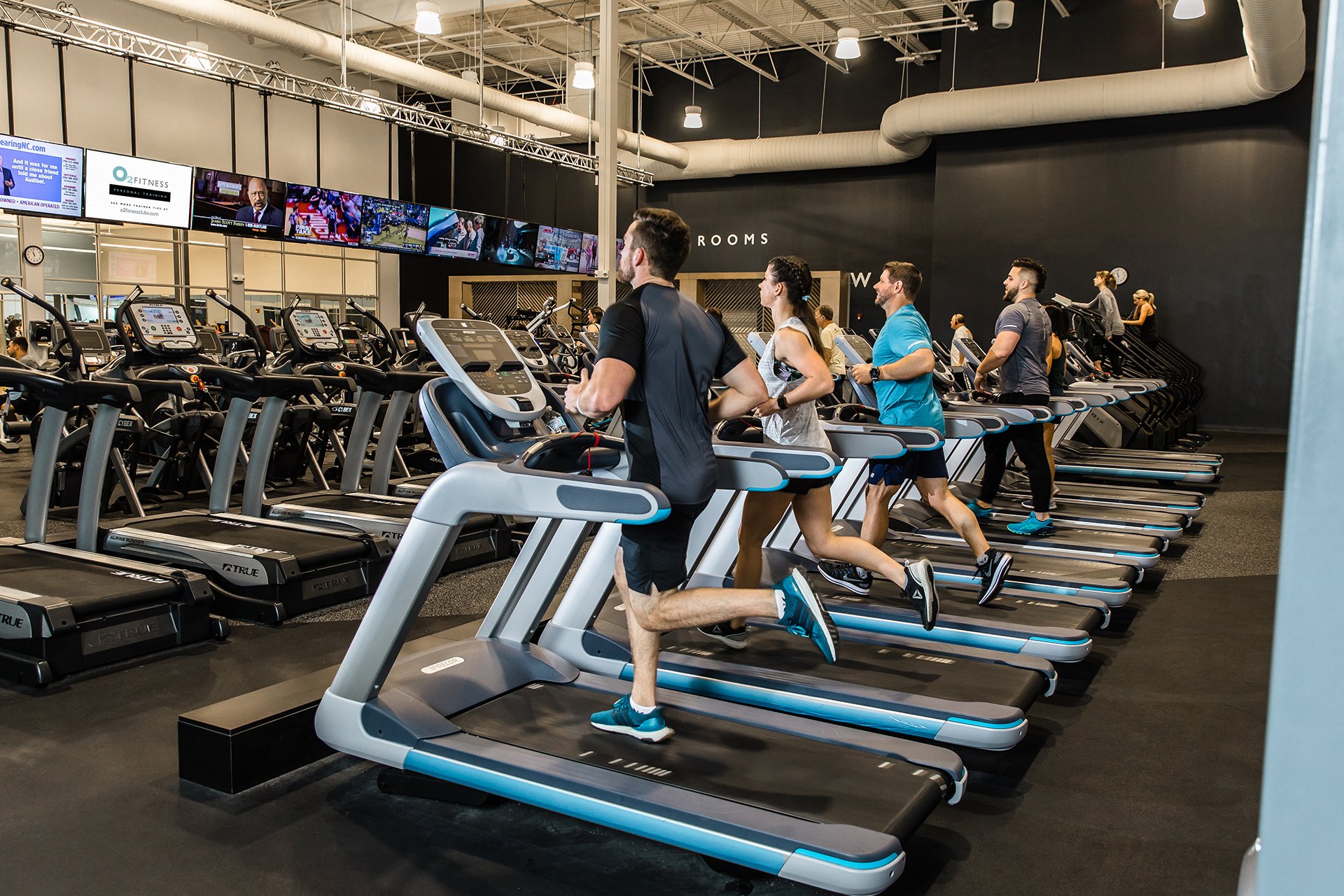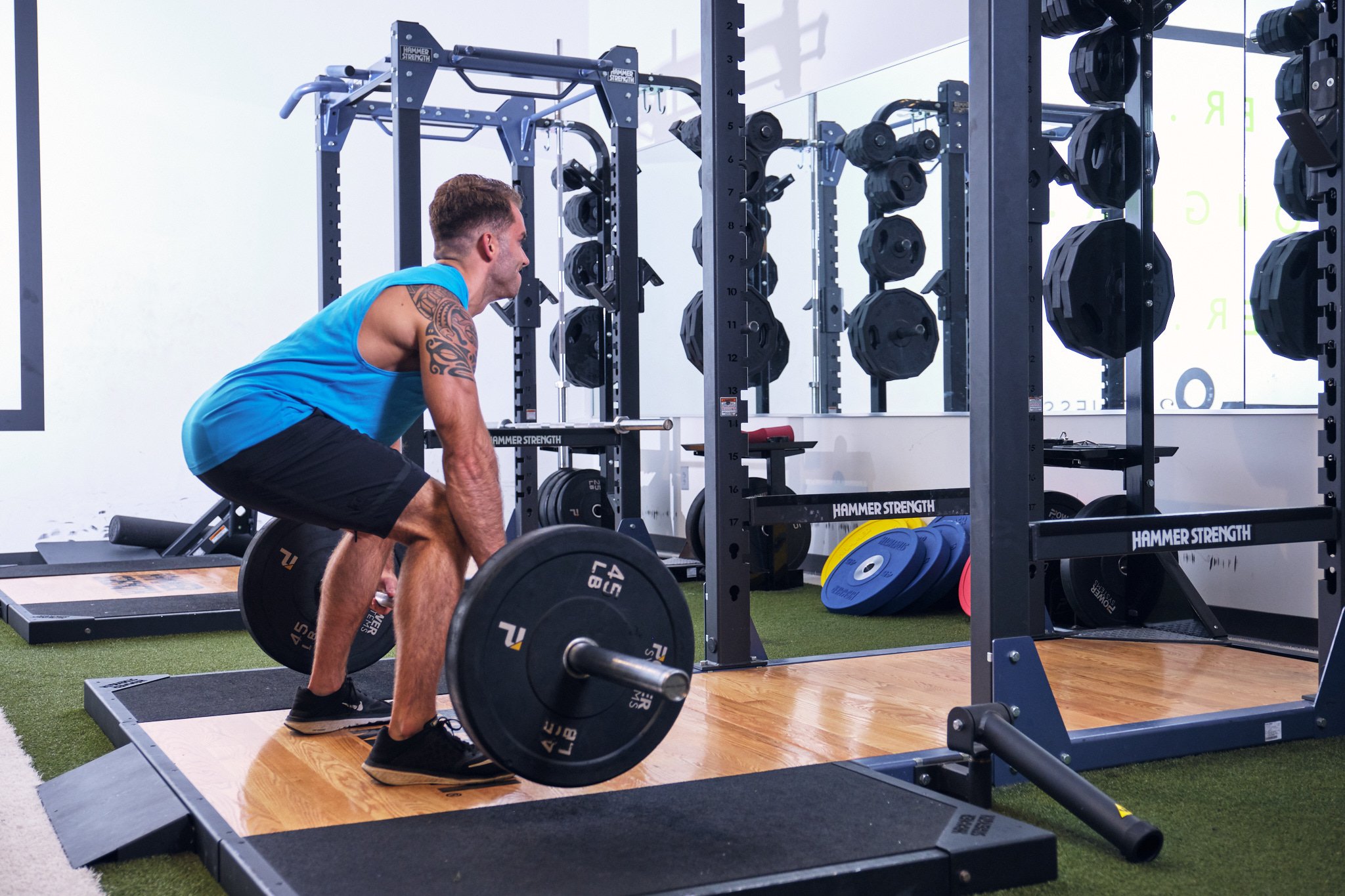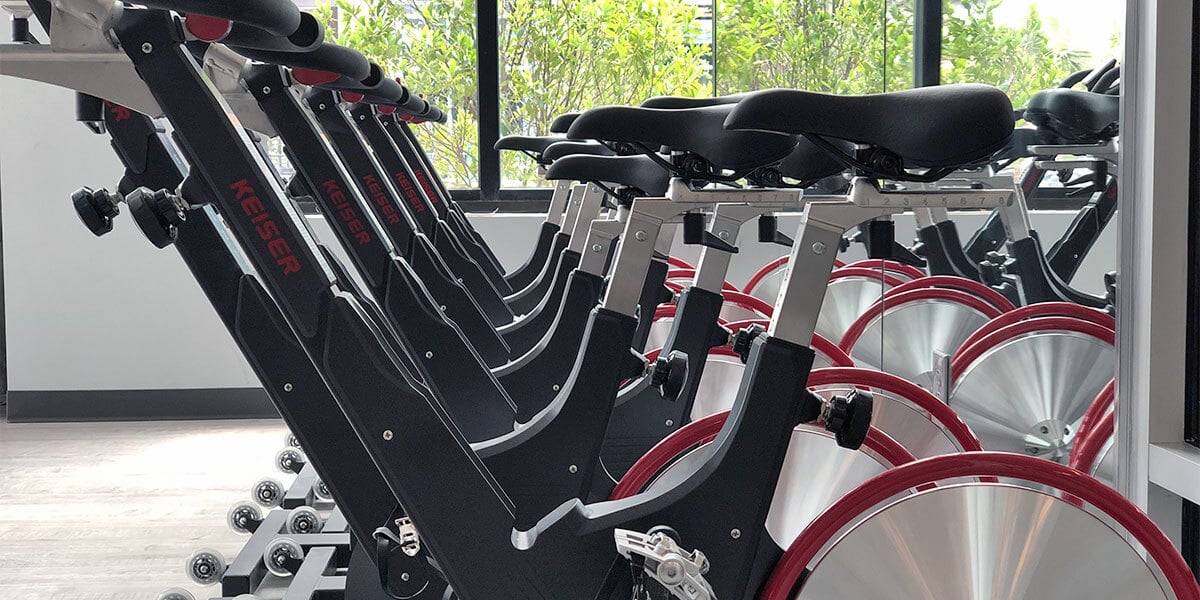When you’re drenched in sweat after a HIIT class or a treadmill sprint, it’s easy to assume you’ve just torched a mountain of calories. But is sweating really a sign of a productive workout? Let’s dive into the science and separate fact from fitness fiction.
Why Do We Sweat During Workouts?
Sweating is your body’s natural cooling system. When your core temperature rises (thanks to muscle exertion), your sweat glands kick in to regulate heat and get your body temperature back to normal.
While sweating is a sign you’re working hard, it doesn’t directly correlate with calorie burn. For example, sitting in a sauna makes you sweat, but it doesn’t burn significant calories.
Remember: sweat is about temperature control, not calorie counting.
The Sweat vs. Calorie Burn Myth
It’s a common misconception that "the more you sweat, the more fat you’re losing". In reality, factors like genetics, environment (hot outdoors vs. cool gyms), and hydration levels influence how much you sweat.
Someone in an air-conditioned gym lifting weights might burn more calories than someone sweating through a hot yoga class (even if they look like they "worked less" by the end).
What Actually Burns Calories?
- Intensity and Duration: Shorter, high-intensity workouts (like sprinting or cycling) demand more energy and push your body to burn calories faster than endurance-focused workouts (like distance running).
- Muscle Engagement: Compound movements (squats, deadlifts) use multiple muscle groups at once, increasing calorie burn by requiring more energy than isolated exercises.
- Post-Workout Burn: Strength training can boost metabolism for hours after your session, helping you burn calories even while resting in comparison to someone who hasn't exercised.
3 Effective Ways to Maximize Calorie Burn
-
Mix Cardio and Strength Training
Combine bursts of cardio (e.g., jump rope, rowing) with resistance exercises to keep your body challenged. -
Focus on Progressive Overload
Gradually increase weights or reps to build lean muscle, which burns more calories at rest. -
Try Interval Training
Alternate between high-intensity efforts and recovery periods (e.g., 30 seconds sprinting, 1 minute walking).
Hydration: Don’t Let Sweat Mislead You
While sweating doesn’t equal calorie burn, losing too much fluid can hinder performance. Dehydration leads to fatigue, dizziness, cramps, and slower recovery.
- Drink 16–20 oz of water 2 hours before exercising.
- Sip 7–10 oz every 10–20 minutes during workouts.
- Replenish electrolytes post-sweat with coconut water or a balanced snack.
→ Get more tips on how to hydrate from real registered dietitians!
Final Thoughts
Think of sweating as a badge of effort, not a calorie calculator. To see real results, prioritize workouts that challenge your strength and endurance (not just how much you perspire).
Ready to Train Smarter?
At O2 Fitness Clubs, our PRSNL coaches create balanced routines focused on sustainable progress. → Click here to use your two complimentary training sessions to learn what works for your body.









.jpg)

